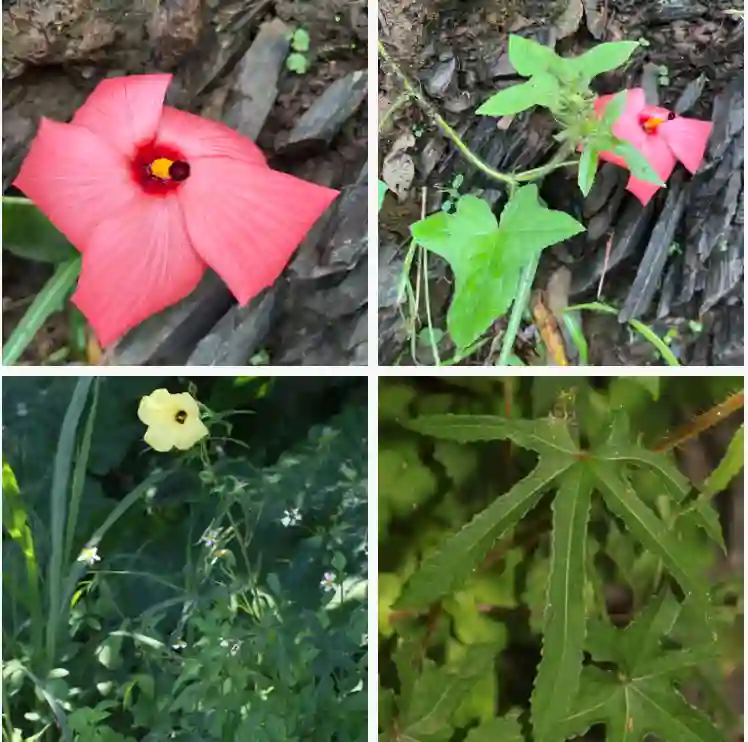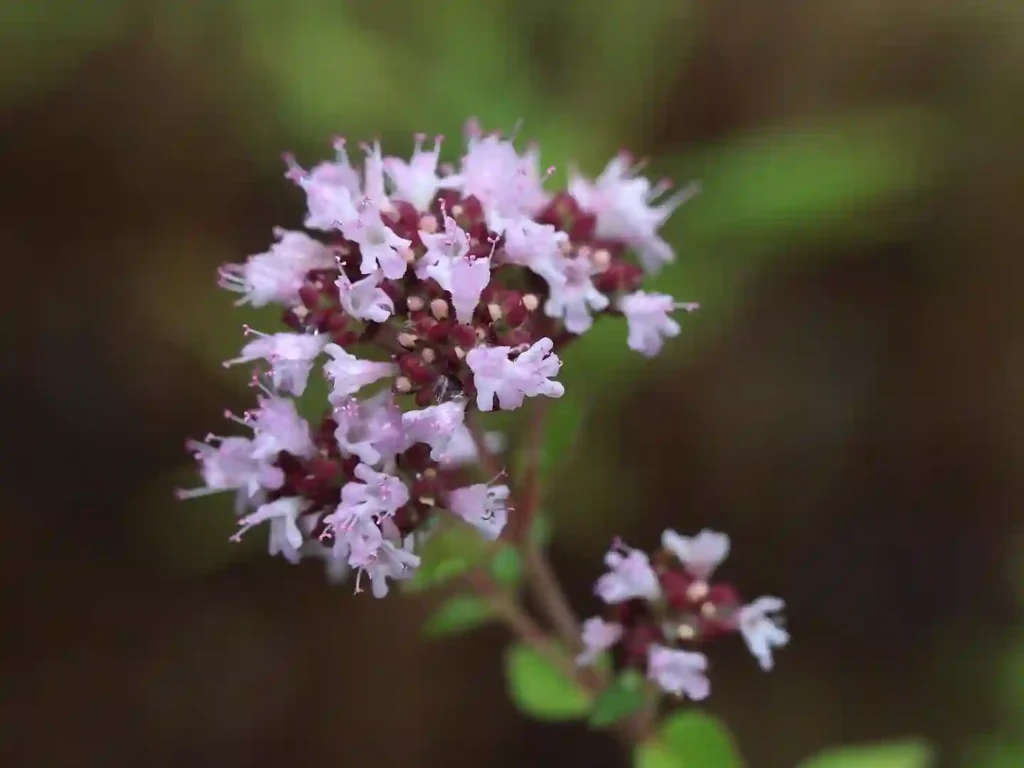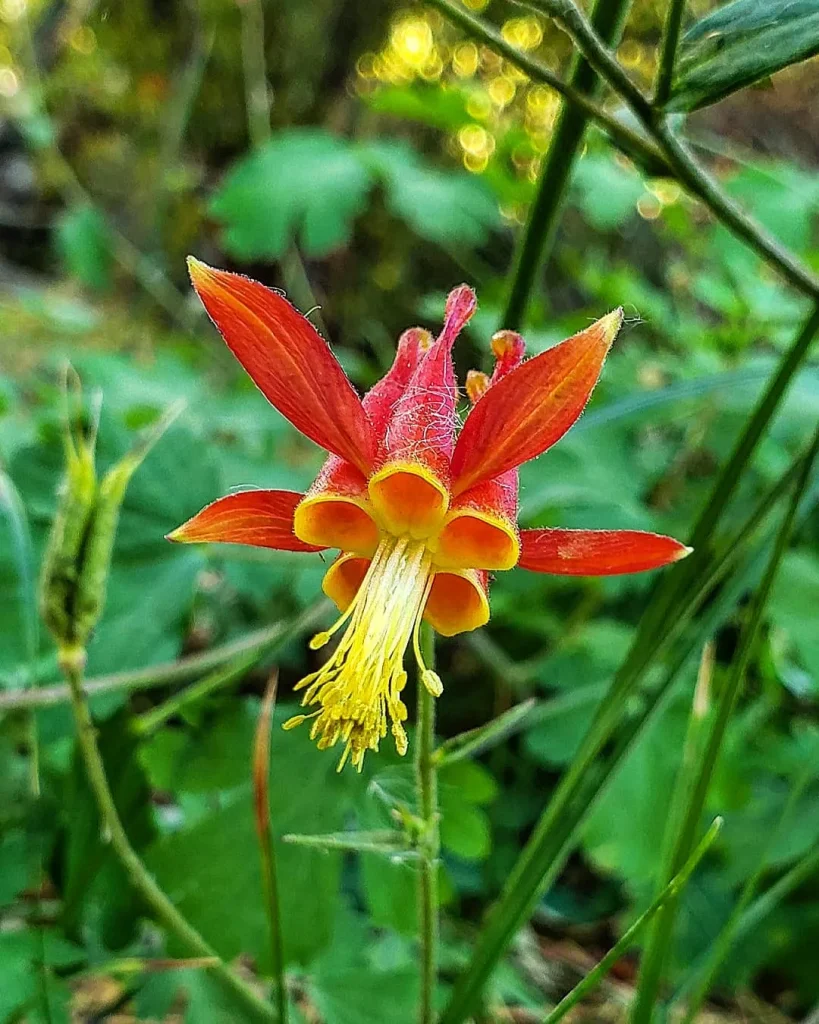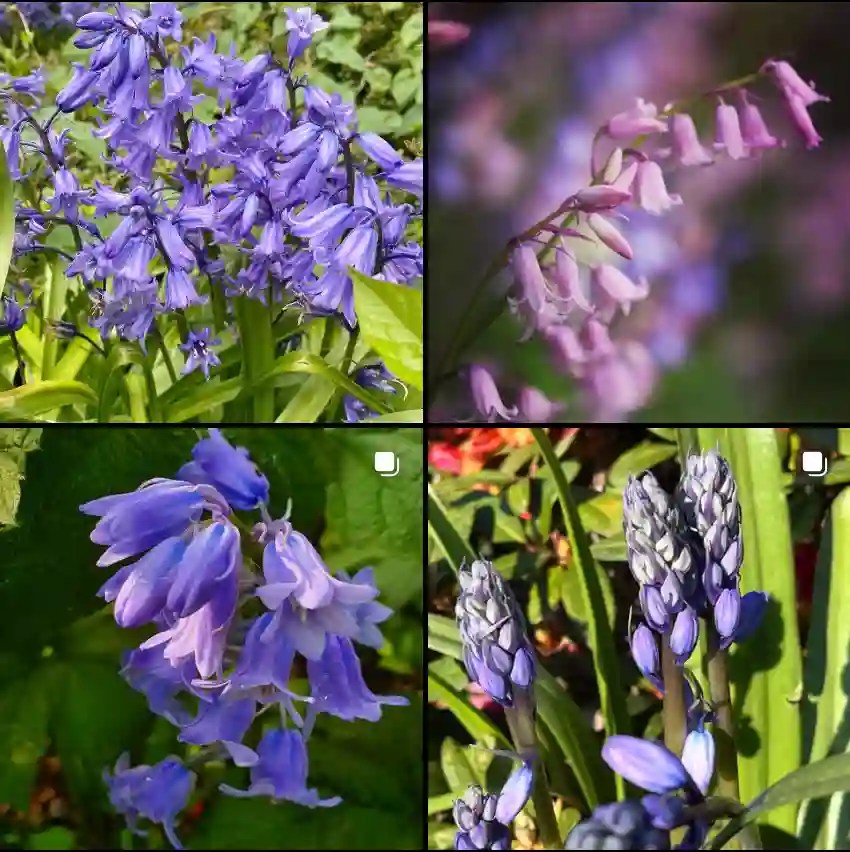Exploring the Alismataceae Plant Family
The Alismataceae plant family, also known as the water-plantain family, has always intrigued me for its diversity and adaptability to wet environments. These plants thrive in aquatic habitats, making them perfect additions to water gardens or ponds. I’ve personally had the pleasure of growing a few plants from this family and want to share what makes the Alismataceae so fascinating.
Understanding the Alismataceae Family
Alismataceae is a family of flowering plants primarily found in wetlands, marshes, and ponds. The plants in this family are easily recognizable by their aquatic or semi-aquatic nature, and they typically feature long-stalked leaves with a variety of shapes—often arrowhead-shaped or lanceolate. They prefer moist, waterlogged environments, and many of them are used for ornamental purposes in garden ponds or natural water features.
What I appreciate most about the Alismataceae family is how adaptable its plants are to different water conditions. Whether fully submerged or with just their roots in water, these plants are resilient and thrive in conditions that would be challenging for many other species.
Genera of the Alismataceae Family
The Alismataceae family consists of several genera, each offering unique features and characteristics. Below is a list of genera from the Alismataceae family:
- Albidella Pichon
- Alisma L. – 13 Species in Genus Alisma
- Aquarius Christenh. & Byng
- Astonia S.W.L.Jacobs
- Baldellia Parl.
- Burnatia Micheli
- Butomopsis Kunth
- Caldesia Parl.
- Damasonium Mill.
- Echinodorus Rich.
- Helanthium (Benth. & Hook.f.) Engelm. ex J.G.Sm.
- Hydrocleys Rich.
- Limnocharis Bonpl.
- Limnophyton Miq.
- Luronium Raf.
- Ranalisma Stapf
- Sagittaria Ruppius ex L. – 44 Species in Genus Sagittaria
- Wiesneria Micheli
Why Alismataceae Plants Are Important
In my experience, the Alismataceae family plays a crucial role in aquatic ecosystems. These plants help oxygenate the water, provide habitats for aquatic wildlife, and stabilize the soil in wetlands. They also add an aesthetic appeal to ponds, marshlands, and aquariums. When I started incorporating water plants from this family into my garden, I noticed a significant improvement in the health of the water, as these plants act as natural filters.
Alismataceae plants also have historical significance. In some parts of the world, particularly in North America, species like Sagittaria latifolia have been used as a food source. The tubers of this plant, often called duck potatoes, were an important food for indigenous peoples.
How to Grow and Care for Alismataceae Plants
From my experience, Alismataceae plants are relatively easy to care for, as long as you provide them with the right environment. Most of these plants prefer shallow water or muddy soils, making them ideal for the edges of ponds or marshes. If you’re growing them in a garden pond, ensure that they have access to enough sunlight—these plants thrive in full sun to partial shade.
For aquarium enthusiasts, genera like Echinodorus are ideal because they can adapt to submerged environments. Just make sure to provide them with nutrient-rich substrates and regular water changes to keep them healthy.
Another thing I’ve learned from growing these plants is that they benefit from regular thinning. Alismataceae plants can spread quickly, especially Sagittaria species, and can overwhelm other plants in the water if not managed. Regular pruning and maintenance are essential to keep them from becoming too invasive.
Final Thoughts
Incorporating plants from the Alismataceae family into my water garden and aquarium setups has been a rewarding experience. These plants not only enhance the aesthetic of aquatic spaces but also contribute to healthier ecosystems. Their adaptability to different aquatic environments, from full submersion to shallow water, makes them a versatile choice for any water garden enthusiast.
If you’re looking to add a natural, serene element to your pond or aquarium, I highly recommend exploring the Alismataceae family. Whether you choose the striking Echinodorus for your aquarium or the graceful Alisma for your garden pond, these plants are sure to thrive with minimal effort while bringing life and vibrancy to your aquatic setups.



